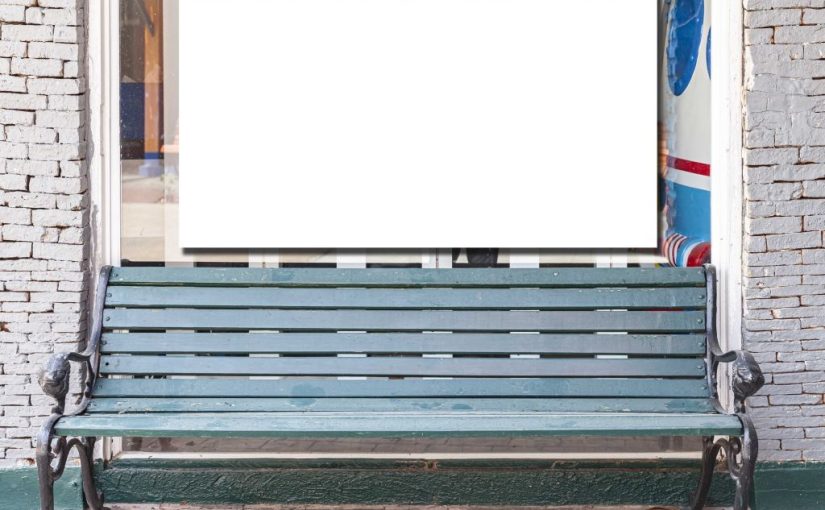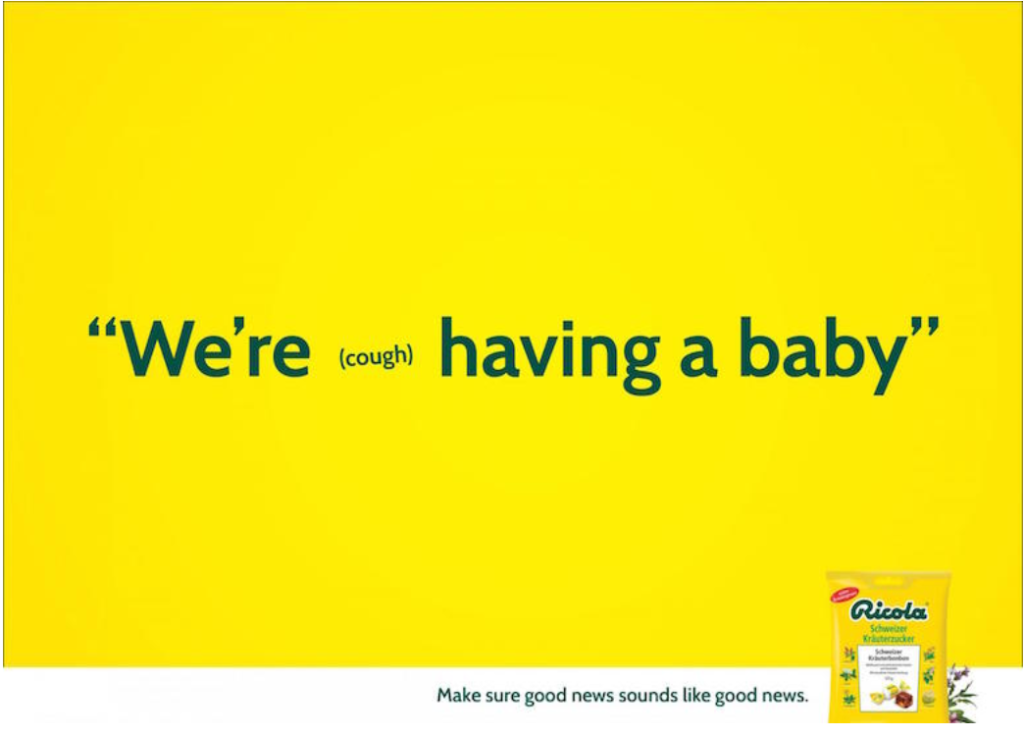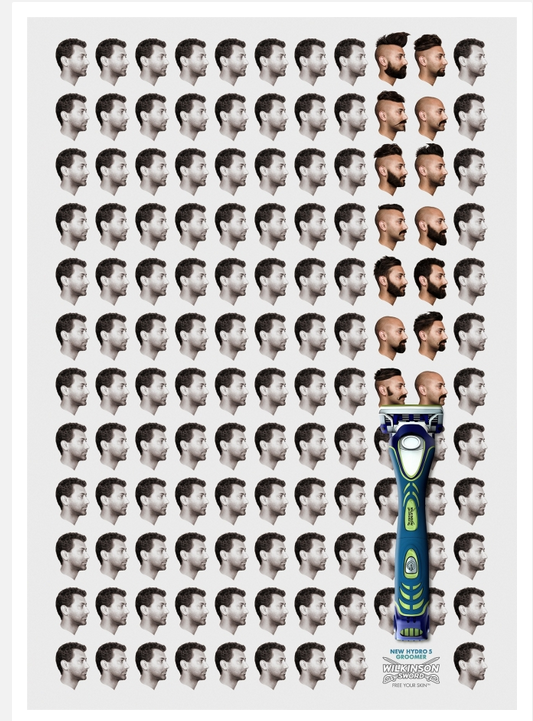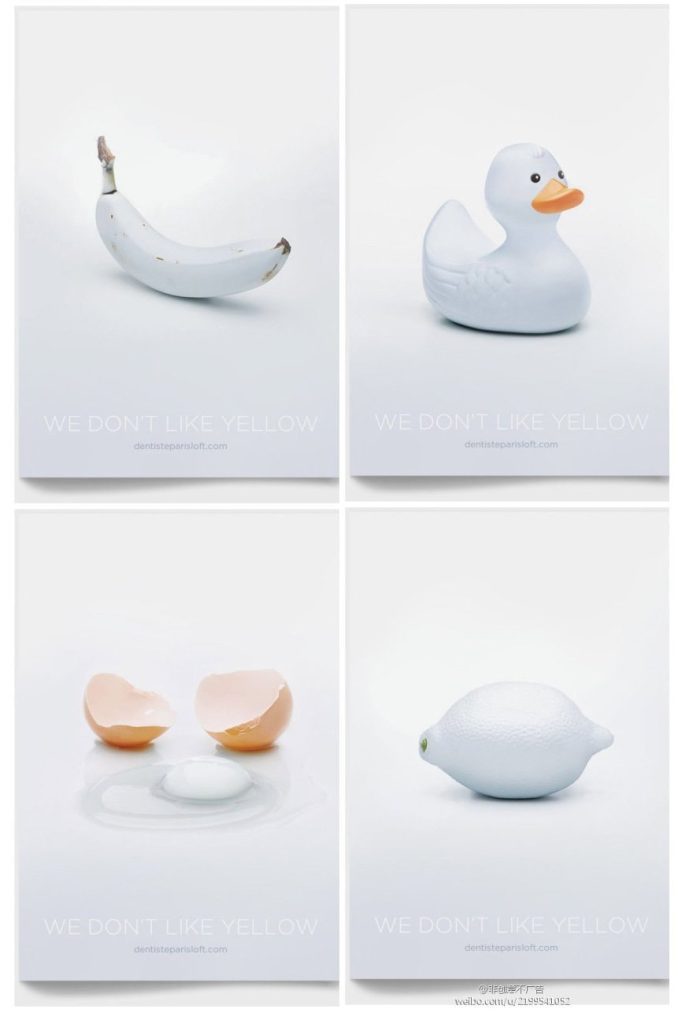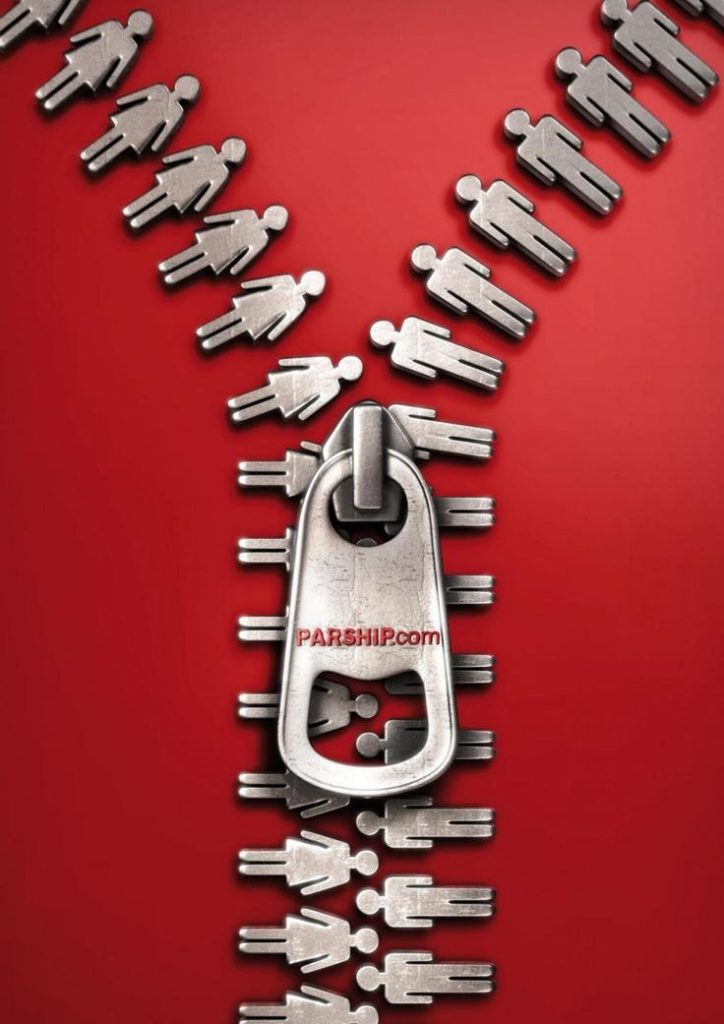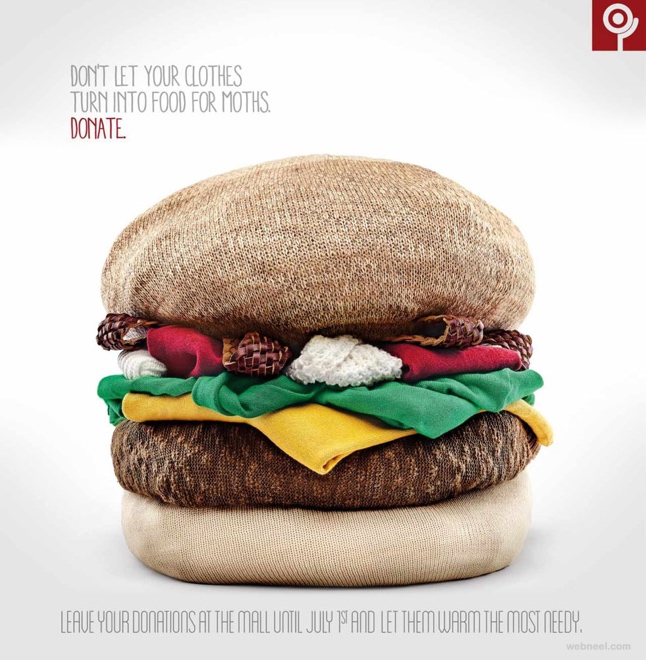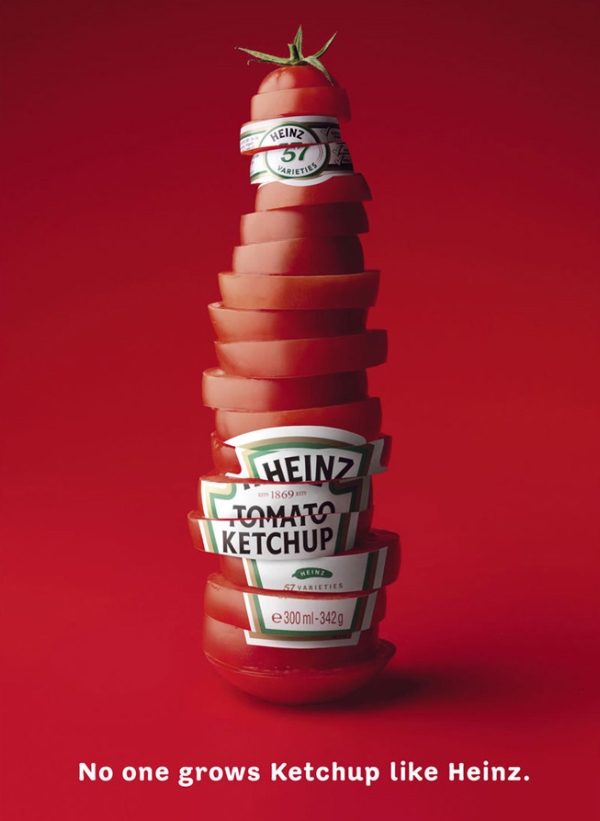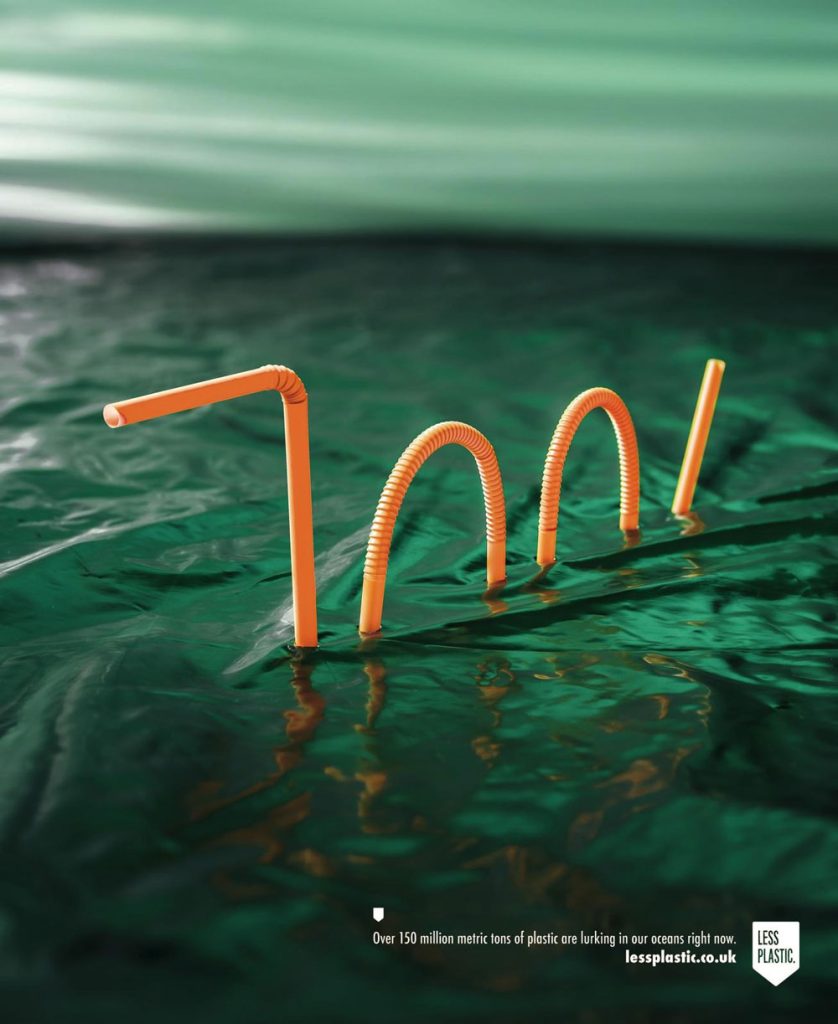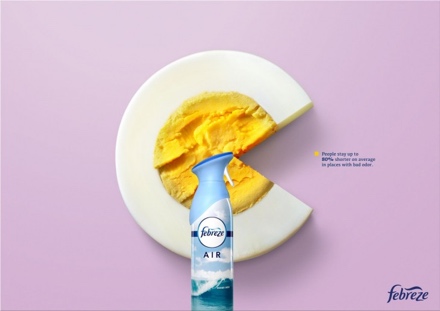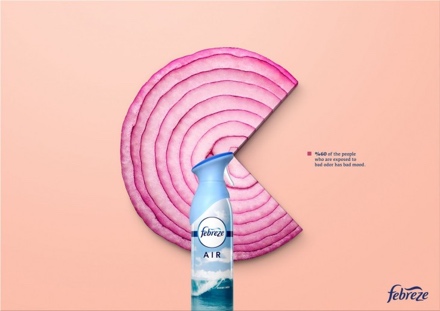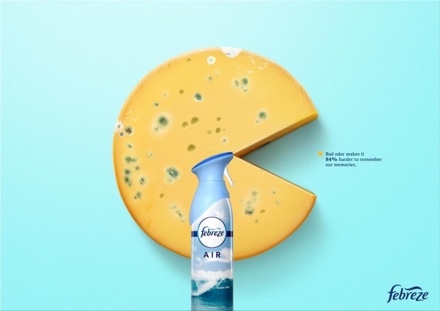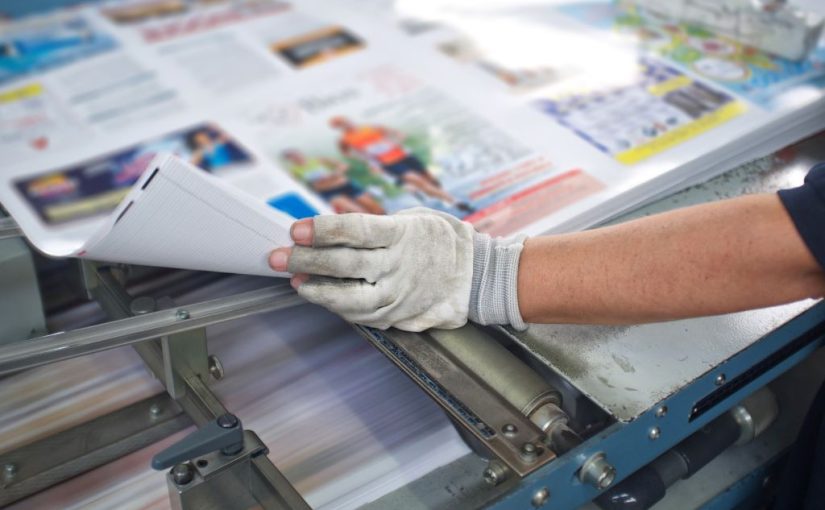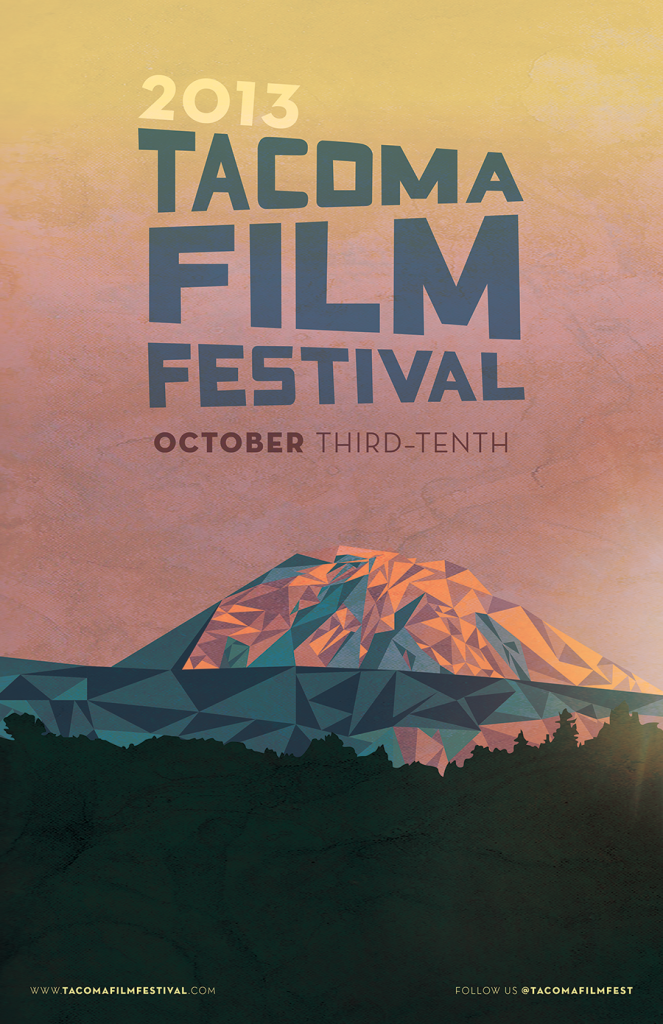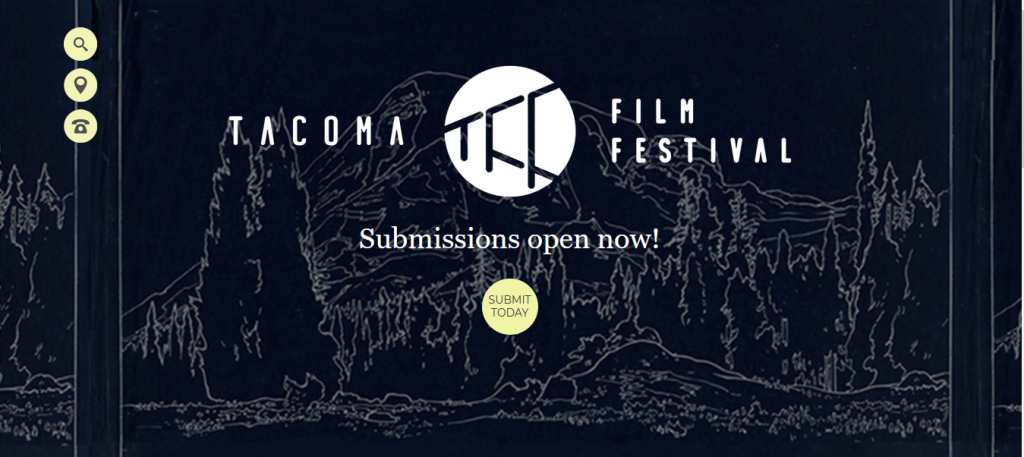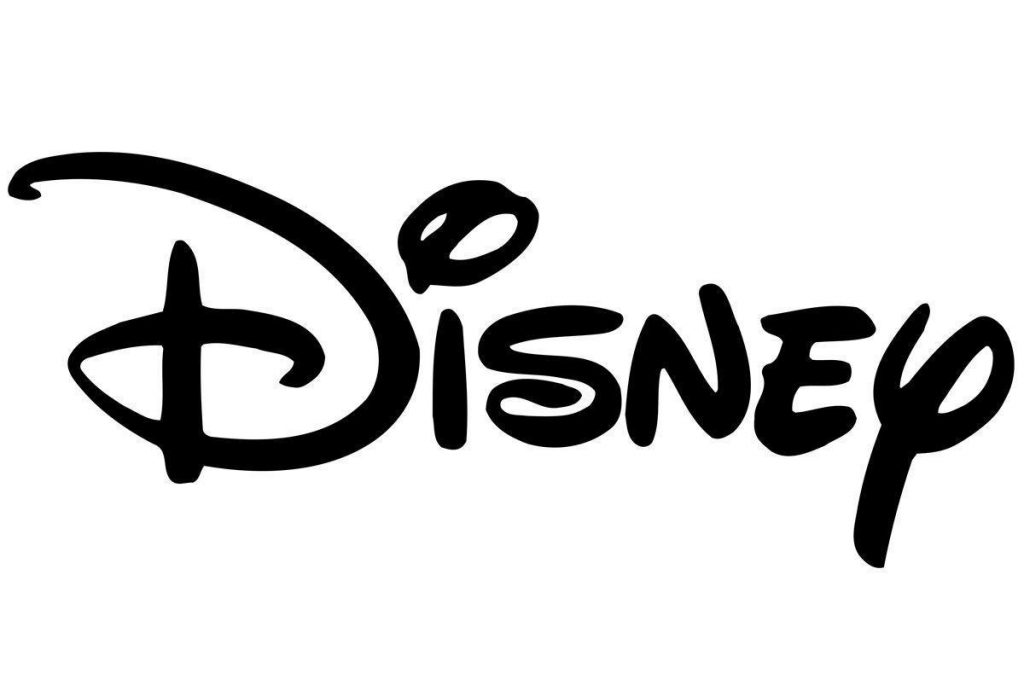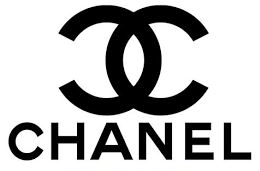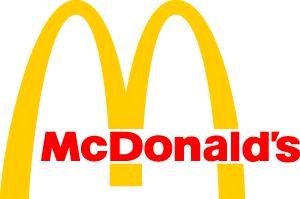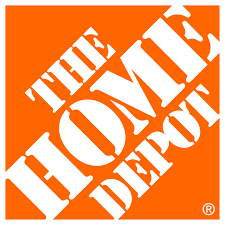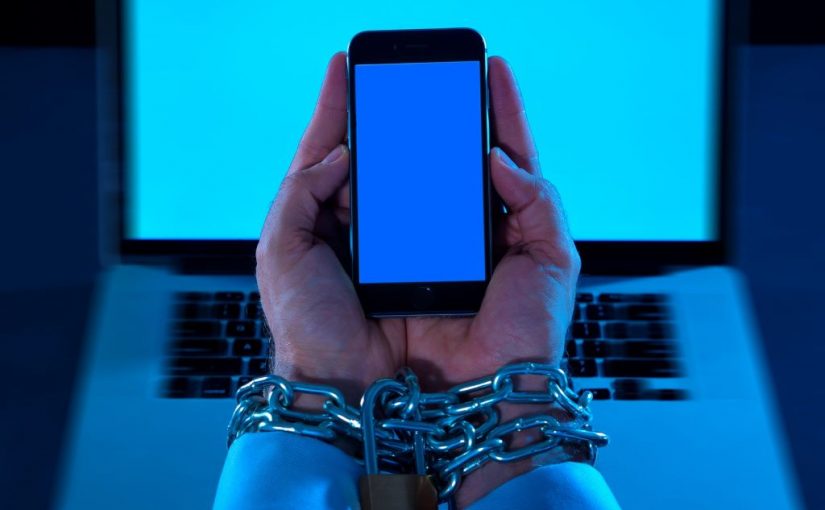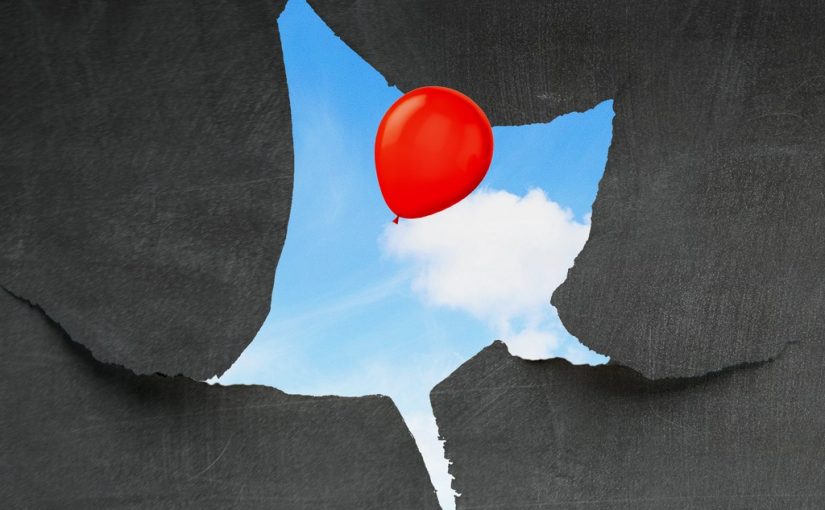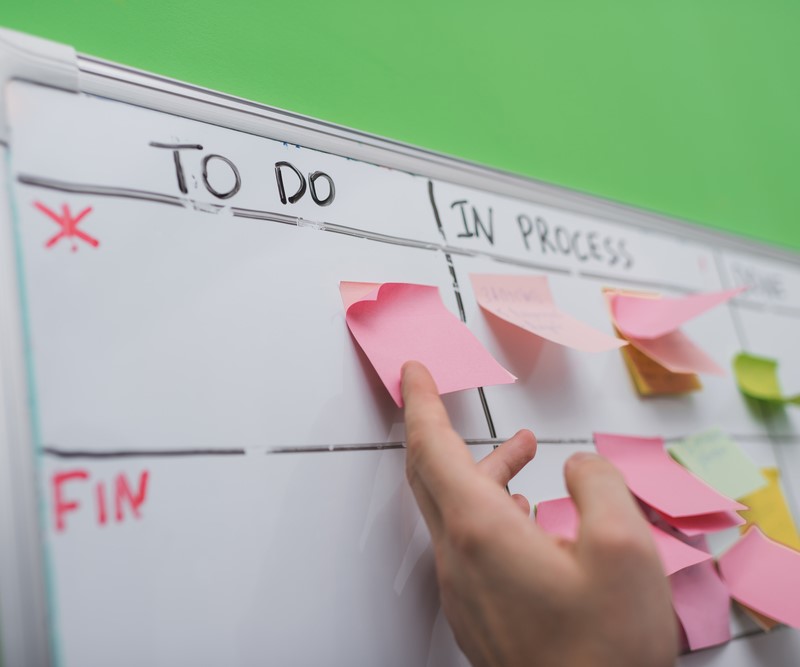Tired of the same old marketing tactics? With so much information out there, you must stand out to get noticed. It’s time to think outside the box!
Here are some innovative ways to freshen up your brand and make a memorable impact on your target audience.
1. Tease Your Audience with a Trailer
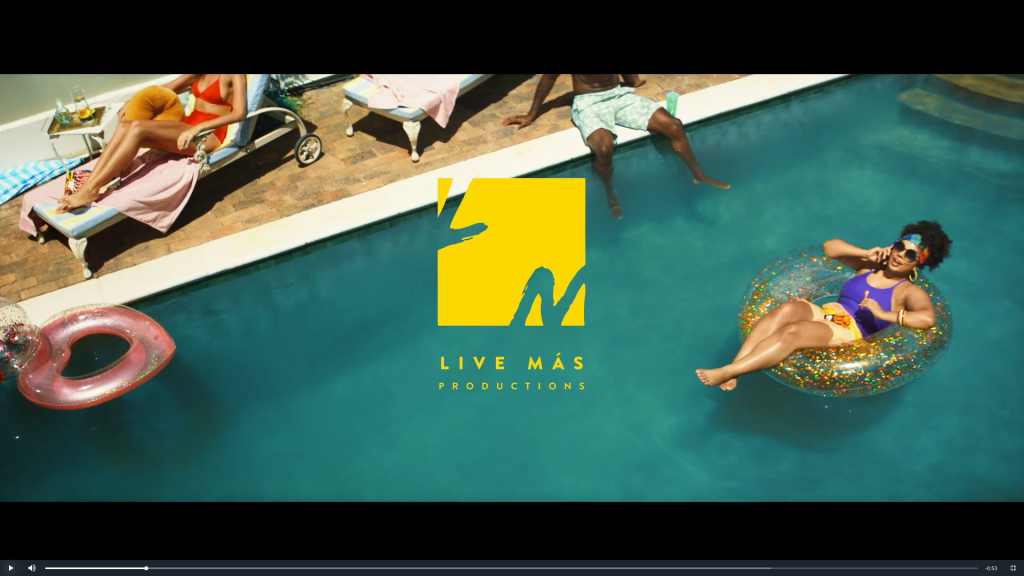
It works for movies, and it can work for you, too! A teaser trailer gives audiences a sneak peek of what your brand has to offer. Use one to welcome people to your YouTube channel, jazz up your landing page, or as a pinned post on Facebook or TikTok.
You can play up the cinema theme with an exciting supercut of your product, or take a more practical approach and show them around. Choose the concept that best suits your brand personality.
For example, Taco Bell has created a series of trailer-style commercials to promote its products, under the fake studio “Live Mas Productions.”
2. Launch a Social Media Challenge
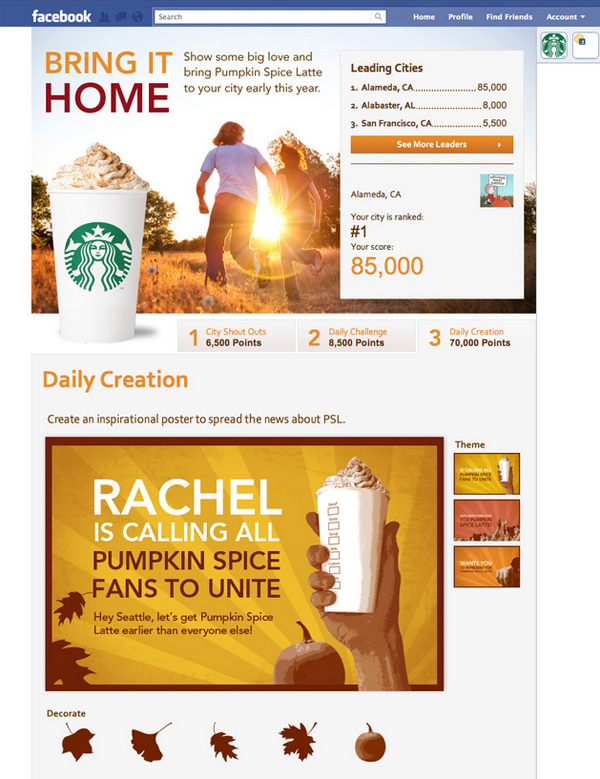
Who doesn’t love a challenge? Choose an activity that makes sense for your target audience. Then, let your followers try it themselves. When promoted well, challenges can attract attention from other social media users. This creates a lot of potential for people to discover your brand!
Your challenge could be a physical action that people replicate (e.g. the ice bucket challenge), a problem they solve, or their twist on a theme. Think about what would entice your potential customers yet also drive them toward your product.
For example, Starbucks hosted a competition to see which city had the most Pumpkin Spice Latte fans. Customers were eager to share their PSL love!
3. Host Virtual Workshops

During the pandemic, stores such as Michaels and Jo-Ann Fabrics began offering online crafting classes. These helped them stay afloat while people were staying home.
And it turned out to be a great idea. Customers loved the opportunity to learn and have fun with crafting experts! See the full video here
What’s your brand’s area of expertise? Turn it into a virtual class or workshop. You can release sessions as an edited video or a live stream.
4. Use Guerrilla Marketing
Named for independent fighters with unconventional methods, guerrilla marketing means popping up in unexpected places.
For example, instead of posting handbills, you’d paint a mural advertising your brand. You could also do impromptu street demos or flash mobs to grab attention.
Here’s a branded crosswalk from Bic:

The sky’s the limit. Just be sure to get proper permits! When in doubt, stick to sidewalk chalk.
5. Make People Laugh
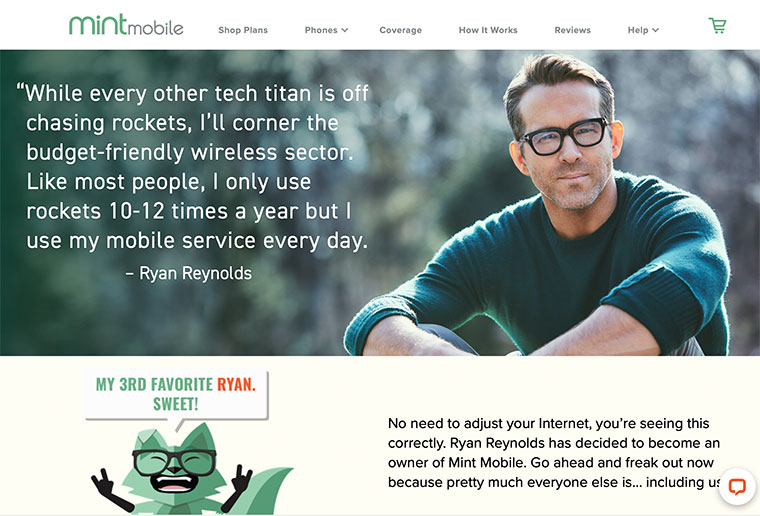
If it suits your brand identity, spice up your marketing with a bit of comedy. Insurance giants GEICO and Progressive have both become cultural icons thanks to their whimsical and absurdist commercials.
But you don’t need a huge advertising budget to make your audience laugh. Try making a humorous skit to release on your social channels. You could even poke fun at yourself if it makes sense for your brand personality.
Here’s an example of how Mint Mobile owner, actor Ryan Reynolds, uses his offbeat comedy to promote the business.
Witty copywriting, the whimsical mascot, and the funny quote from Reynolds help forge Mint Mobile’s silly yet relatable brand identity.
6. Quiz Your Audience

Everyone likes to feel smart. Give your audience a chance to show off their trivia knowledge. A quiz could be a fun piece of social media content to boost engagement.
And don’t forget personality quizzes! These are perfect for engaging your potential customers and making them feel special. For example, you could let people find out their “hair personality,” and then drive them to your haircare products.
Above is a great example from ILoveJeans.com that encourages visitors to find their body shape before browsing the shop.
7. Rethink Your 404 Pages
Affirm your brand identity and keep wayward customers engaged with customized 404 pages. Following a broken link is frustrating. But if you get creative with your 404 page design, you turn a mistake into a marketing opportunity!
Here’s a great example that uses some humor:
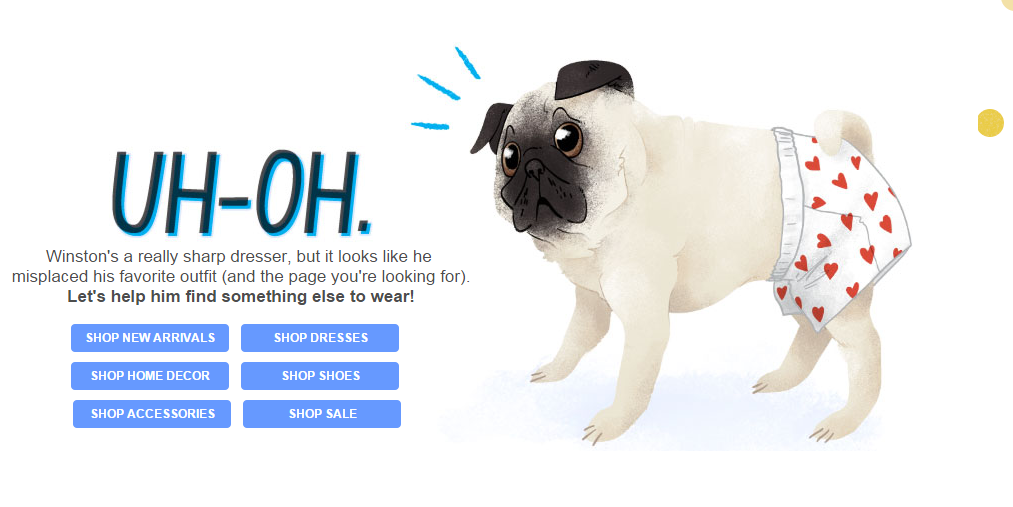
It also points users toward more products, so the 404 page doesn’t have to be a dead end!
8. Sponsor Another Brand
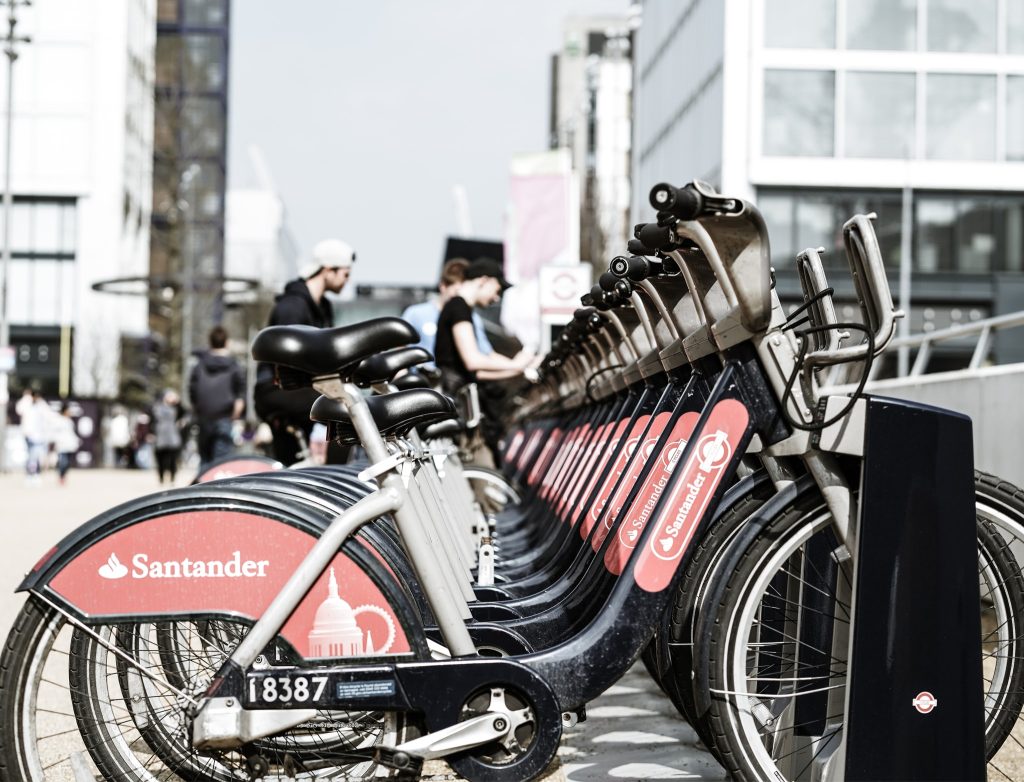
(Photo by Yomex Owo on Unsplash)
Need to expand your customer base? Try putting your name somewhere unexpected. In addition to pop up advertising (see idea #4), you could sponsor a product, organization, or event that aligns with your brand values.
For example, banking giant Santander sponsors these city bikes that residents can rent. This gets their name all around town, literally!
9. Meme Your Brand

Memes are the bread and butter of the internet, right up there with funny cat videos. If it makes sense for your brand, create some memes! You could poke fun at a relatable situation, portray your brand in a humorous way, or show what happens without your product.
Here’s a funny example using the popular “Distracted Boyfriend” meme format. It not only plays on the word “hot” but also jokes that people would ignore their significant other for Ruffles chips.
Before creating a meme, make sure you understand the origin of the meme format and how to use it. Otherwise, you may seem out of touch, inauthentic, or even cringey.
10. Ask for Captions

Invite your social media followers to caption an image. This could be an interesting photo from behind the scenes, an image of your product in action, or simply a funny image that relates to your brand.
National Geographic makes its traditionally sophisticated brand more engaging and humorous with this post.
11. Produce an Event

Event marketing allows consumers to immerse themselves in your brand. This is an amazing way to build recognizability.
Who could forget a fun contest, pop up fair, or food truck experience? If your brand name is on it, people associate that with their good memories.
For example, to promote the show “9-1-1 Lone Star” in New York City, Fox TV set up food trucks and handed out Texas style chili and cornbread. After all, the quickest way to someone’s brand loyalty is through their stomach!
12. Publish User Generated Content

No time to create new social media posts? No problem. User generated content (UGC) strengthens your brand by showing off your loyal community. There are three main ways to collect UGC:
- Run a contest, such as a photo competition, then publish the winner. Check out the #ChipotleCreator Challenge for a great example. Chipotle asked customers to compete for the best burrito combination.
- Host a social media challenge (see idea #2) or promote a hashtag, and ask people to contribute. For example, Kodak will republish photos tagged with #MadeWithKodak, and Minnidip will round up pictures of cute dogs in their inflatable pools.
- Monitor hashtags related to your brand and request permission to repost photos and videos. Starbucks is known to republish posts tagged with #starbucks or #starbuckscoffee.
Posting UGC on your brand channels proves that you care about your customers. Plus, it saves you tons of time!
Wrapping Up
See any ideas on this list that you like? With a bit of creativity, you can turn your marketing from mediocre to magical.
If you need some help creating designs or writing copy for your new clever marketing campaigns, sign up for Flocksy! Our diverse team of creatives is eager to bring your vision to life.


